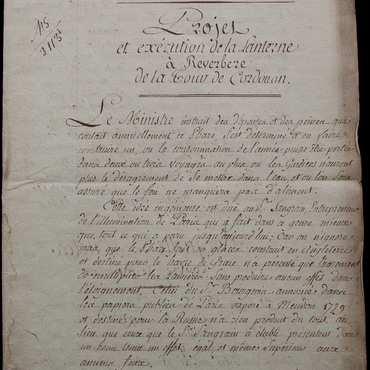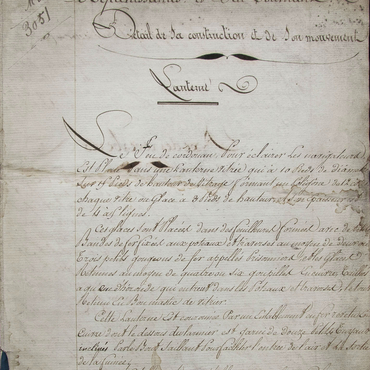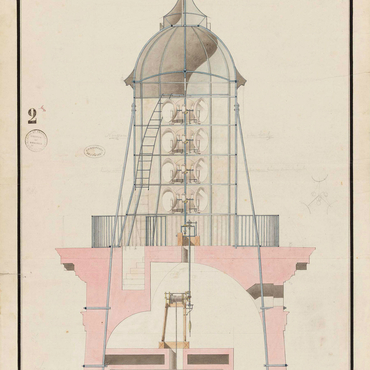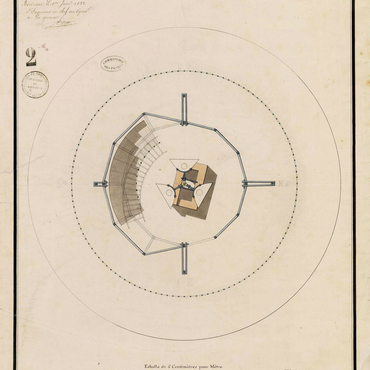
- Home
- The Age of Enlightement
- A scientific project
- Rotating lights
The lighthouse has a double role: on one hand it alerts mariners that they are approaching the coast, and on the other hand, when spotted, it provides information on the position of the ship. This latter mission was particularly vital in the eighteenth century, when nautical measurement devices (circle, octant, sextant) were fairly primitive. It was perfectly possible for a ship to misjudge its position by 200 km or more. The idea was to identify each lighthouse by a code consisting of the number of pulses of light that it gave off in a given amount of time. A first improvement came from Sweden, where the engineer Jonas Norberg (1711–1783) built a beacon fitted with rotating mirrors. Initial tests at small lighthouses located at Korsö (1757) and Örskaren (1768) near Stockholm were confirmed in 1780 at the lighthouse on the island of Marstrand in the Kattegatt. Rotation of the beam of light produced periods of dark and light that led to the creation of easily identifiable codes. The invention was taken up in Dieppe, France by Simon Le Moyne (1727–1806), who installed a rotating beacon on the port's main pier. The new light was illuminated in 1787 on a wooden tower built with help from the Dieppe chamber of commerce and Chevalier de Borda. The concept of rotating lights was now fully accepted. It became part of the Cordouan lighthouse when the engineer Joseph Teulère (1750–1824) raised the height of the structure by 60 pieds between 1786 and 1789. Tourtille-Sangrain's was dismantled and replaced by 12 parabolic reflectors mounted on a rotating armature inside an enormous lantern. The engineer-mechanic Lenoir was tasked with manufacturing the large silvered dishes and the rotation device.



